Aru Tenggara Islands Marine Protected Area (MPA) is one of the Indonesia’s National MPAs based on the Decree of Minister of Marine Affairs and Fisheries No KEP/63/MEN/2009. Aru Tenggara MPA hosts a rich ecosystem consisting of mangrove, seagrass, and corals – all in good condition. It is located in Aru Islands District, Maluku Province. This area are designed with management target to:
- preserve the inner and outer ecosystem of the region,
- sustain biodiversity of natural resources, specifically endemic species such as turtle,
- sustain the utilization area, especially tourism attractions that can be managed to support the development of tourism industry, both on land and sea.
It is also expected to ensure the sustainability of sea-based products for local community who live inside the MPA and its surroundings.
In order to achieve national target in increasing effective management of MPAs, shores and small islands, the Aru Tenggara MPA needs to increase its effectiveness from a blue level standard to a green level standard in the coming years. Therefore, a Standard Operating Procedure (SOP) in resources monitoring were developed as one impact indicator of management intervention. These monitoring SOPs are expected to not only elaborate on methodology, but also on operational details such as team requirements, emergency response, etc.
The ATSEA-2 programme facilitated these SOP development meetings. There were nine SOPs developed during the period of November – December 2019: coral, seagrass, mangrove, turtles, cetaceans, sharks and rays, integrated patrol, and community’s perception. These SOPs are expected to be implemented immediately in 2020.

(photo credit: ATSEA-2)
With the MPA status, the Aru Islands MPA is managed by Balai Kawasan Konservasi Perairan Nasional (BKKPN) or National MPA Management Body with its office in Kupang and Work Unit Management Body of Aru Islands MPA with its office in Dobo as the Technical Implementation Unit or Unit Pelaksana Teknis (UPT). Aside from monitoring, the future data collected through these activities can be very useful for the UPT in maintaining relations and raising awareness about fisheries resources management among the local communities.


